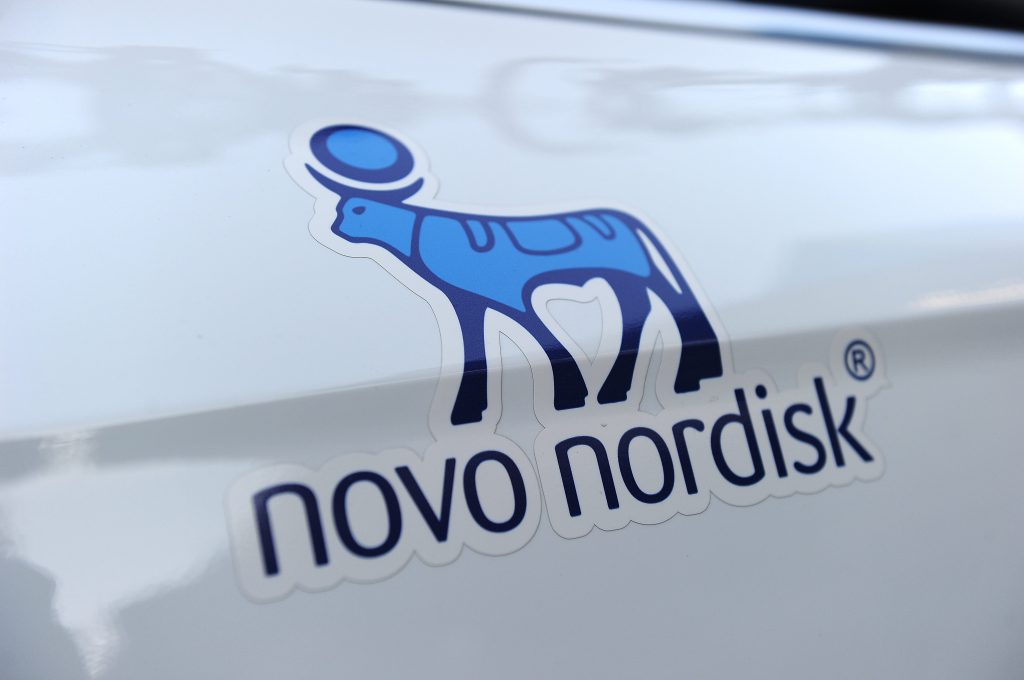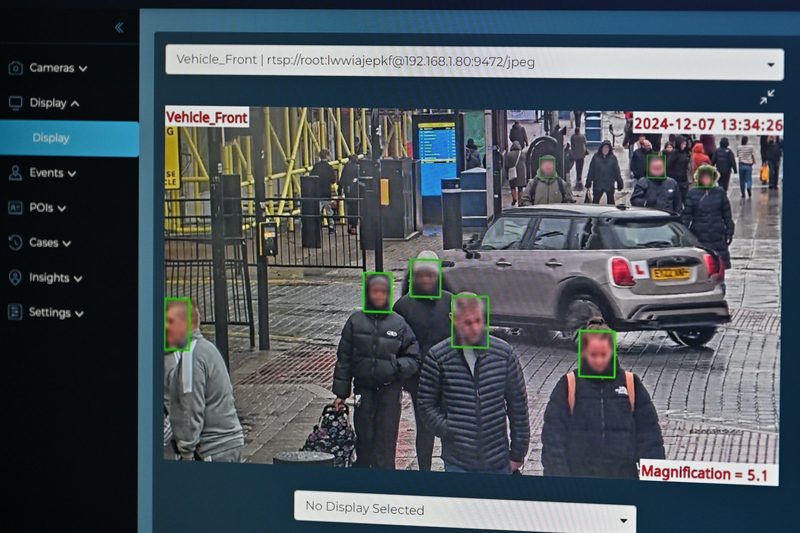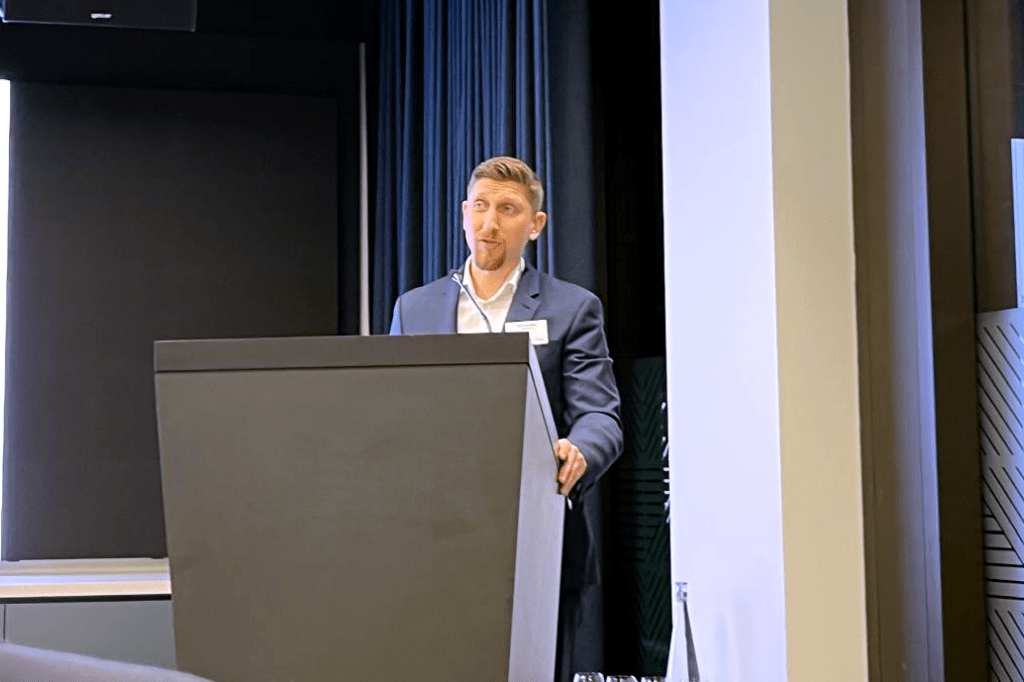The event featured an enforcement director from the SEC, with additional panels made up of senior surveillance practitioners from Citi, HSBC, Deutsche, Goldman, BNY Mellon, Truist Securities, BNP, Morgan Stanley, Wells Fargo, BMO, SMBC and Northern Trust.
The Chatham House Rule applied to the discussions throughout, but we have attempted to draw out some key themes and useful insights.
Unsurprisingly, recordkeeping around electronic communication featured heavily throughout this event, with recent widespread failings still having a significant impact on a diverse set of stakeholders. This message was reinforced with the sentiment that recordkeeping, as well as surveillance, remains very important for market integrity. Firms can’t submit strong SARs or supervise employees effectively without comprehensive comms monitoring.
Recordkeeping, as well as surveillance, remains very important for market integrity.
One panellist drew attention to posters adorning the walls of their elevators advising employees ‘Don’t use WhatsApp’. This accompanied a debate on the availability of a mechanism to self-report if a non-approved channel of communication is being used. There has now been some time since the December 2021 recordkeeping enforcement action by the SEC, but this remains an ongoing topic which has not yet been fully resolved, with very different compliance approaches being taken by firms.
Many participants supported a partnership approach with surveillance vendors which is increasingly required to be on an ongoing basis, not just at the deployment phase. Testing and ingesting new communication channels and the content of them, as well as supporting development and testing of new models to identify risk, including the best use of AI, were some of the obvious examples discussed. Agile lexicon and model management now needs to be fast and fluid while operating within governance boundaries, and vendors need to facilitate that more readily as part of the client service model.
Use of AI
Expanding technologies, including AI, may be able to help identify and predict the most likely next word more accurately (if transcribing or translating) and it was suggested that a key step in keeping regulators comfortable with this approach is statistically meaningful testing.
Utilising and testing models around non-market abuse risk was suggested as a means to progress the use of AI. Risks such as Conflicts of Interest and Gifts and Entertainment may be more accurately identified using some AI solutions, with the potential to learn and expand use cases to other areas if these are successful.
In summary, most expressed a little caution before jumping off a cliff with an AI parachute!
Technical solutions allegedly delivering ‘holistic solutions’ remain broadly underwhelming despite some vendor claims.
As ever at these events ‘holistic solutions’ were mentioned, though most contributors agree that technical solutions allegedly delivering this aim remain broadly underwhelming despite some vendor claims.
Closer collaboration between the respective comms and trade surveillance teams in investigation seems to be the general practise, though this may be hampered in some cases by near-shore/off-shore locations of primary review teams.
Target operating model changes were also discussed with a shift towards breaking teams into pods who focus on certain respective business sections – so a trade and comms team jointly focused on ‘corporate treasury’ activity; with another targeting ‘markets business’ etc.
Conduct
Comms monitoring of Conduct proved to be an interesting topic with a majority of attendees thinking that comms will become a standalone conduct risk capability over time. Accepted links between behavioural issues and more serious abuse issues were also noted. One panellist reiterated this with a view that surveillance is there to effect behavioural change.
The value that comms monitoring can bring to employee conduct and behaviour is becoming more widely recognized. This is not before time.
It was clear throughout the event that while the surveillance community still faces a broad array of challenges, further developed thinking, resourcefulness and expertise continues to be applied in looking to leverage data, tools and people to more effectively meet increasing expectations and identify risks early and avoid those difficult consequences.

















